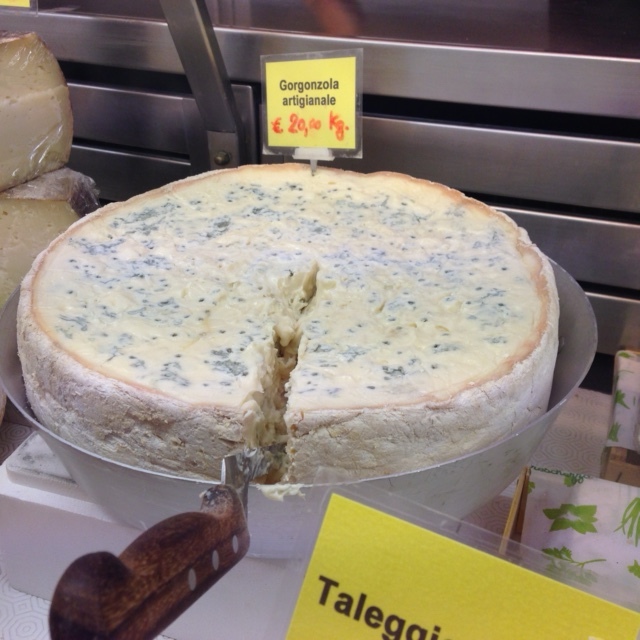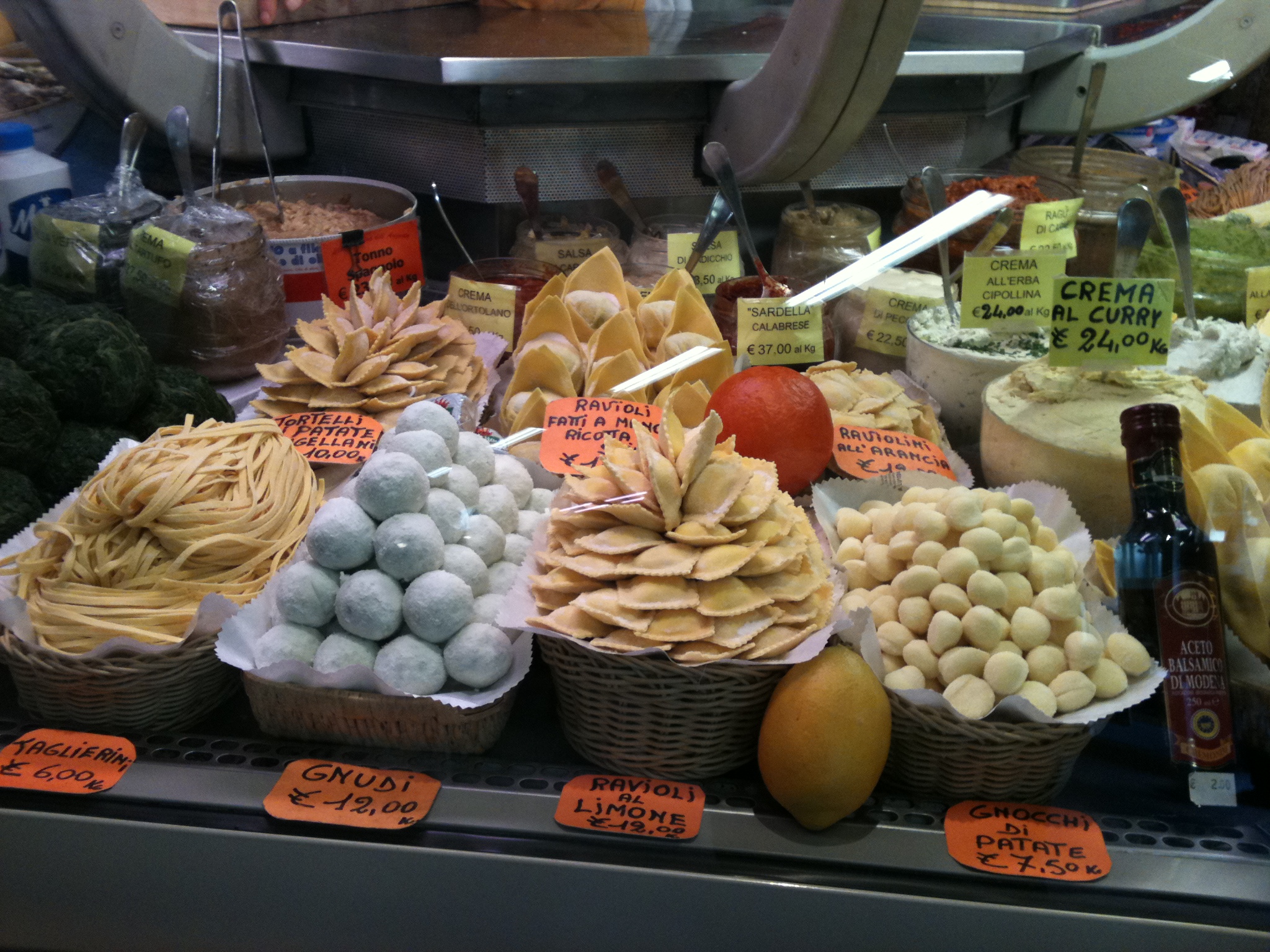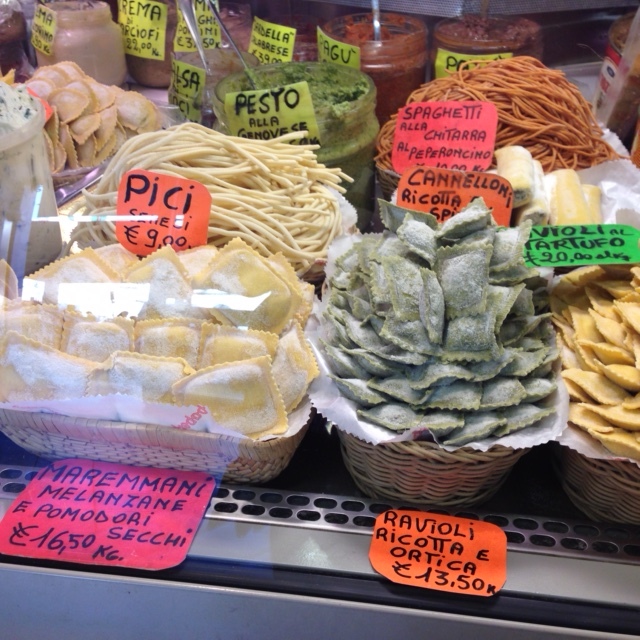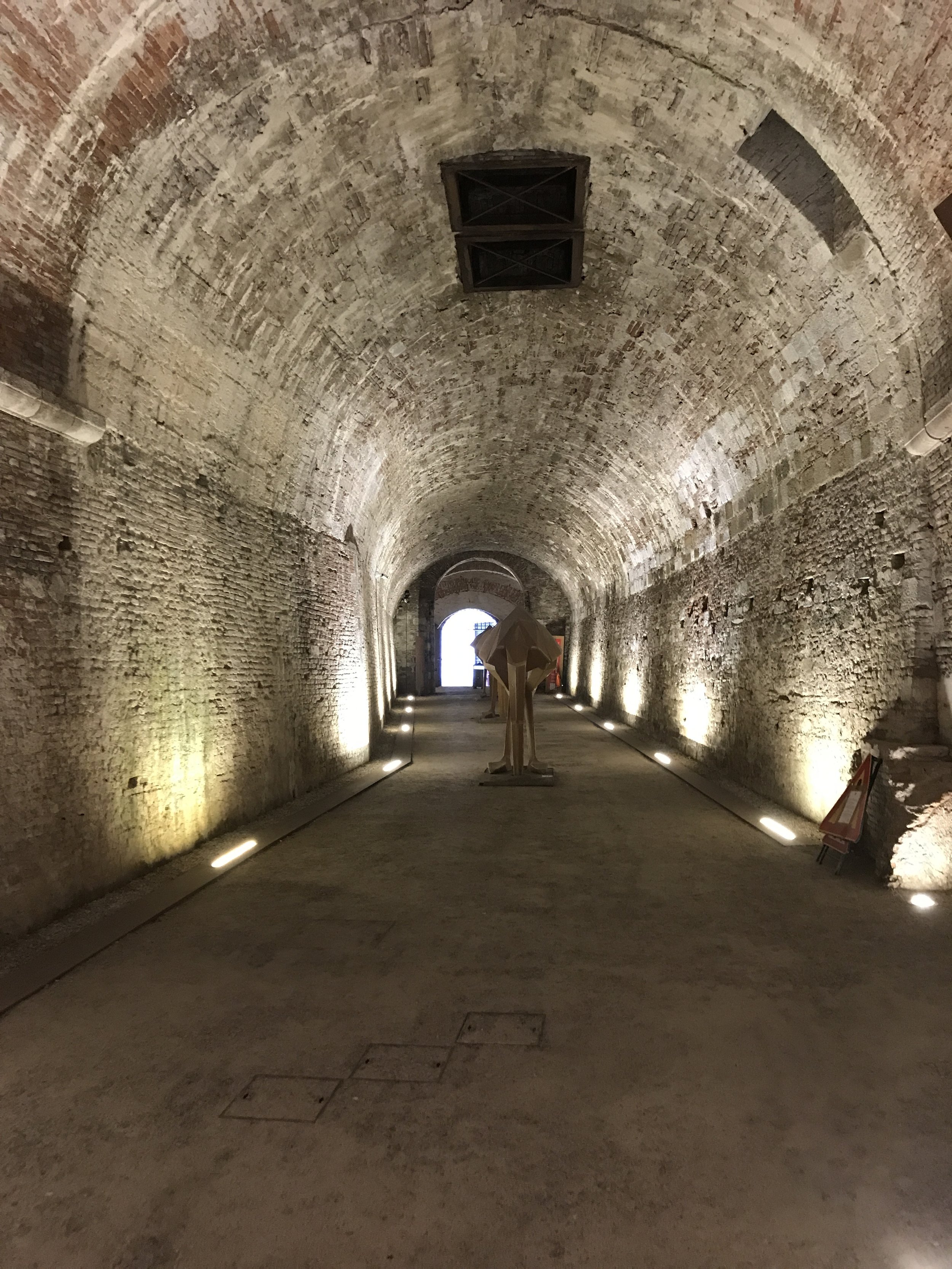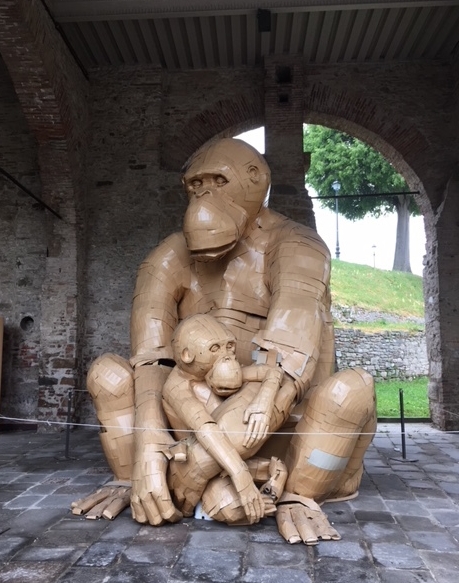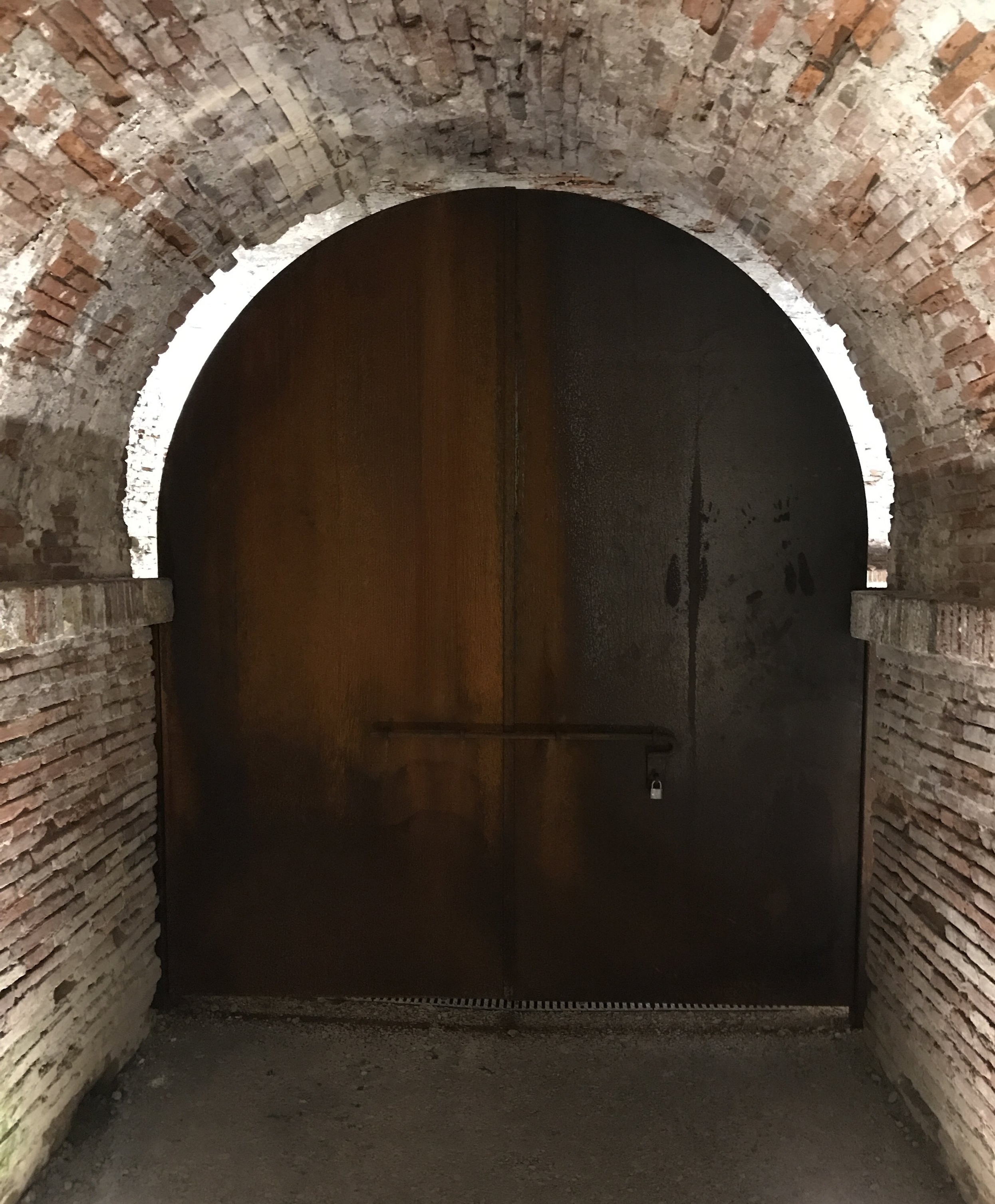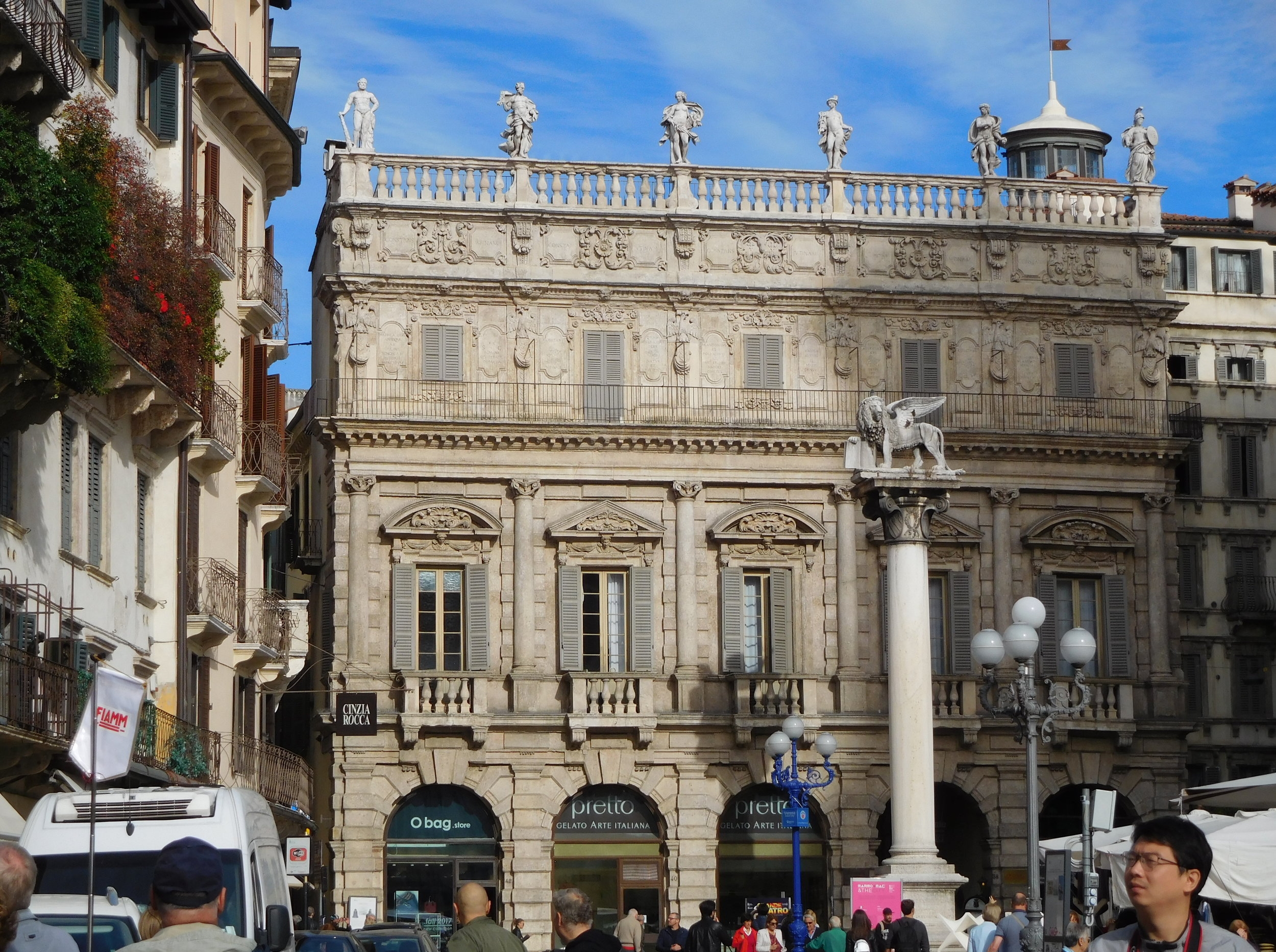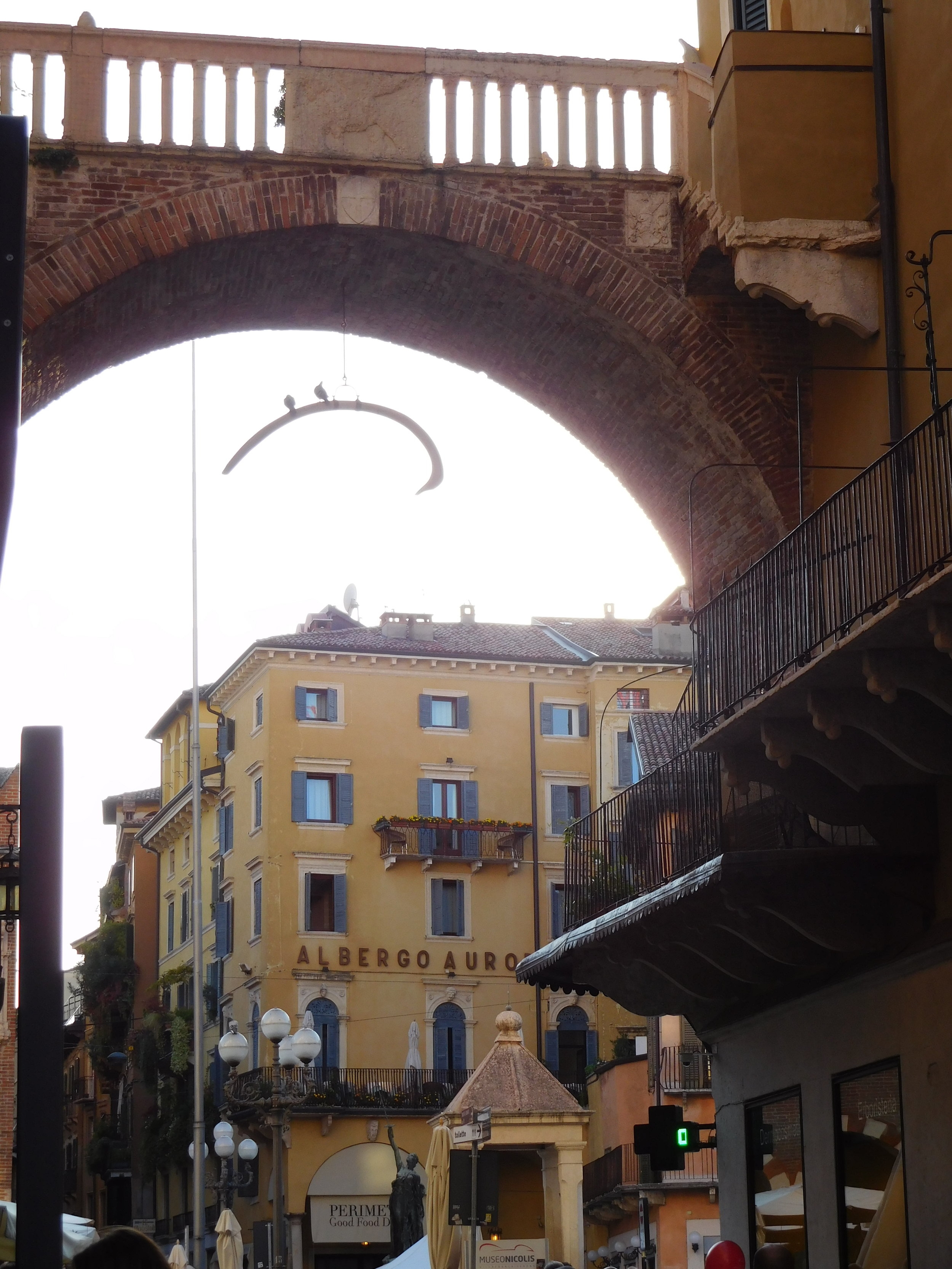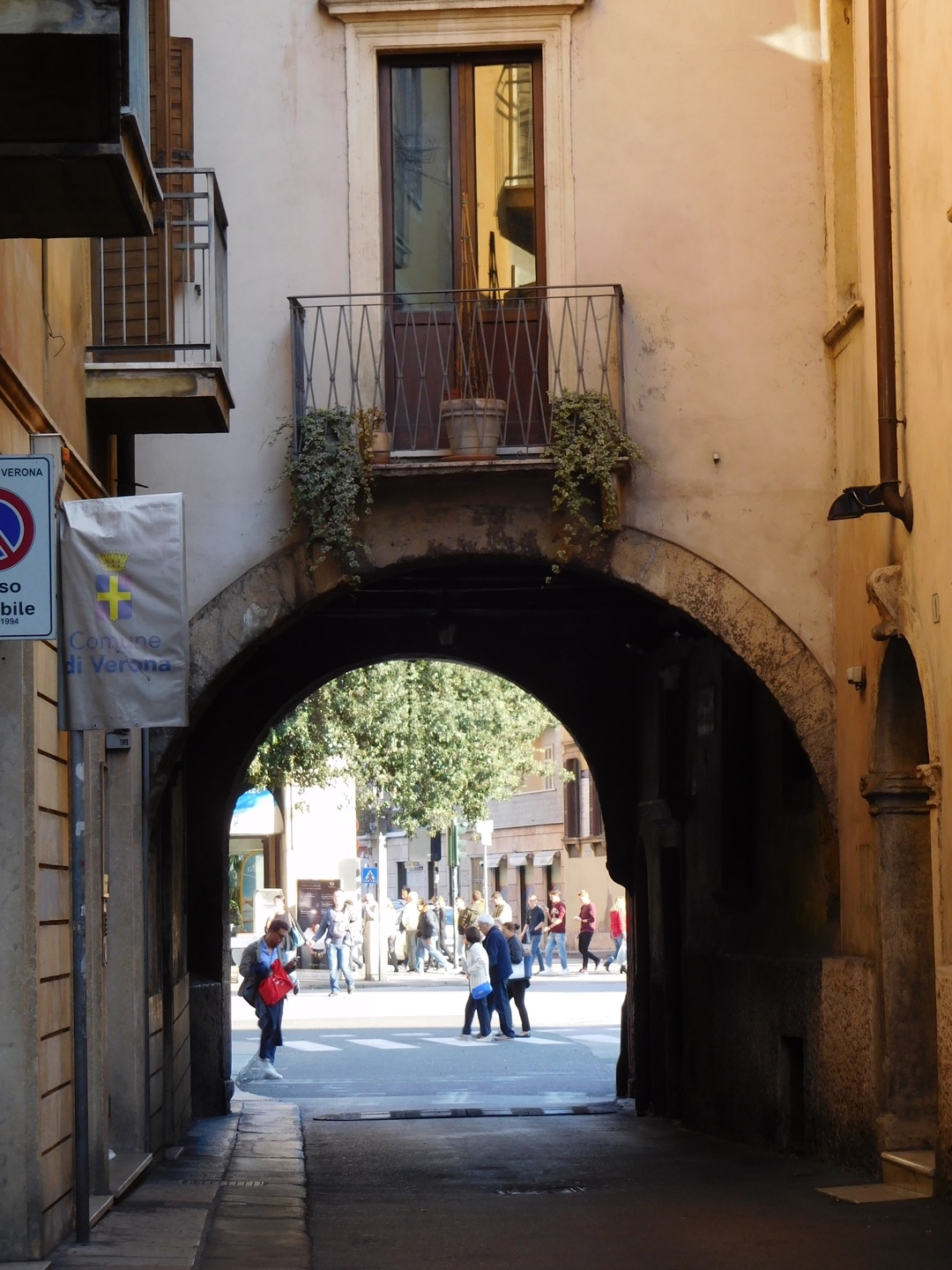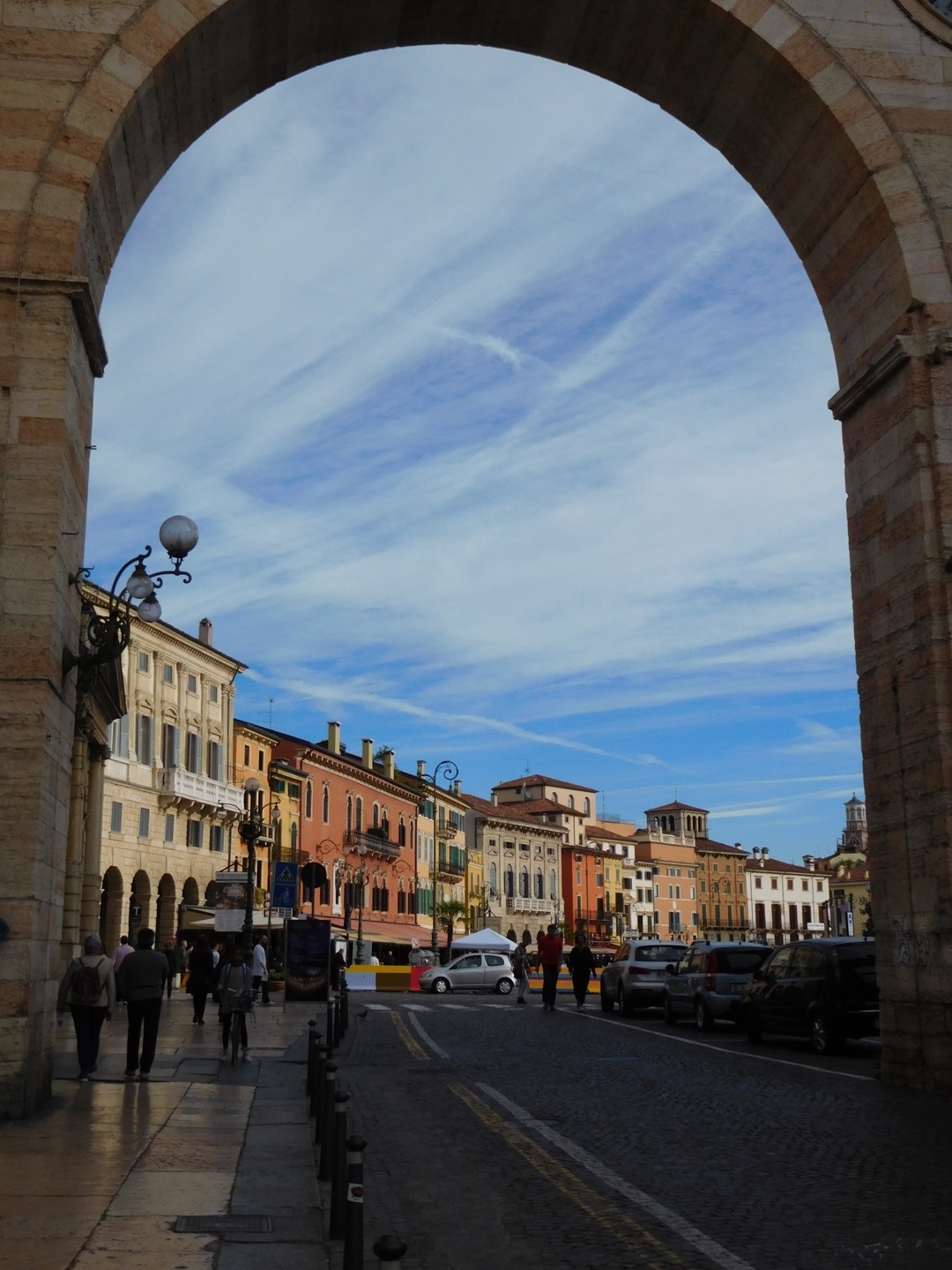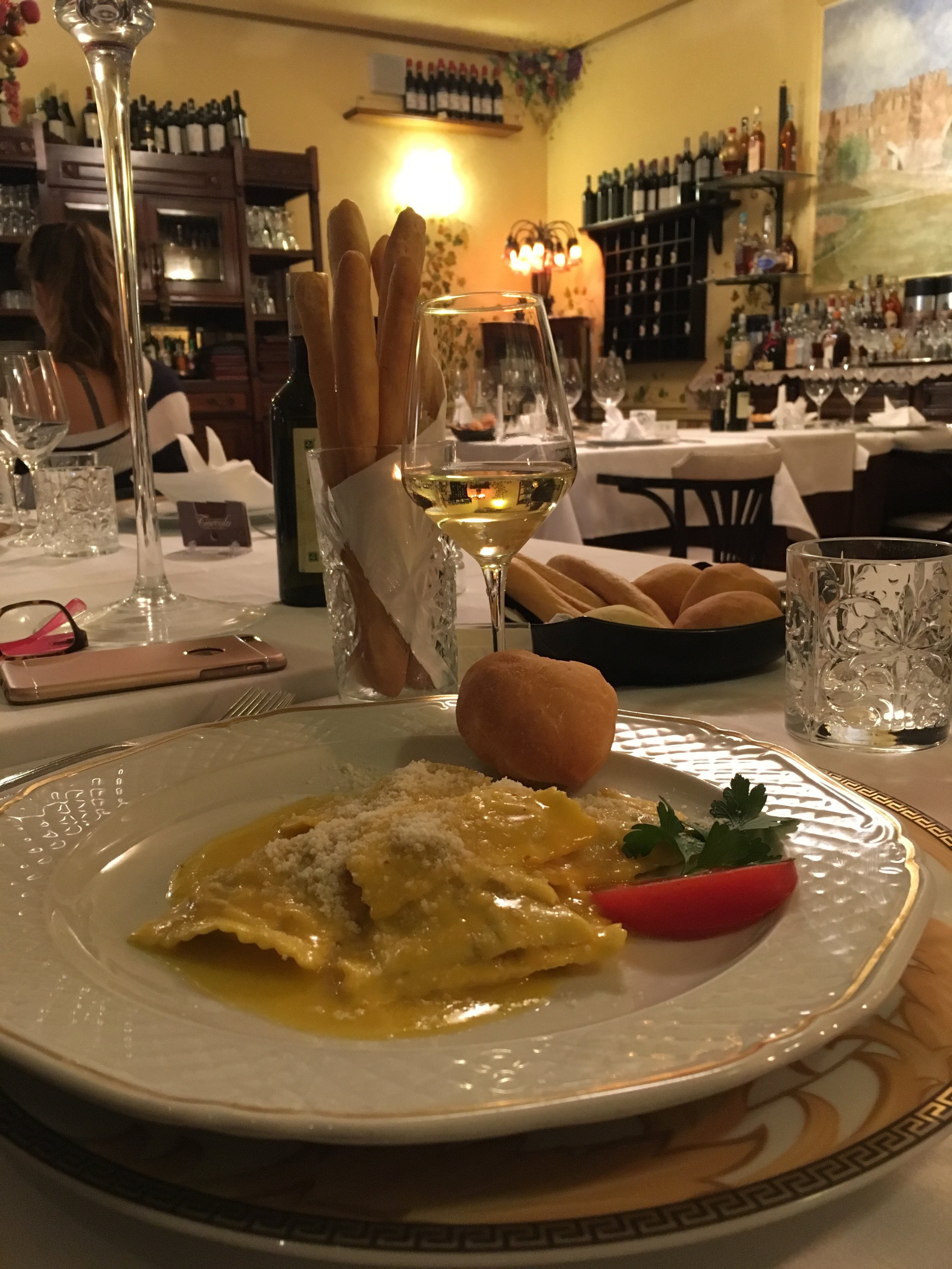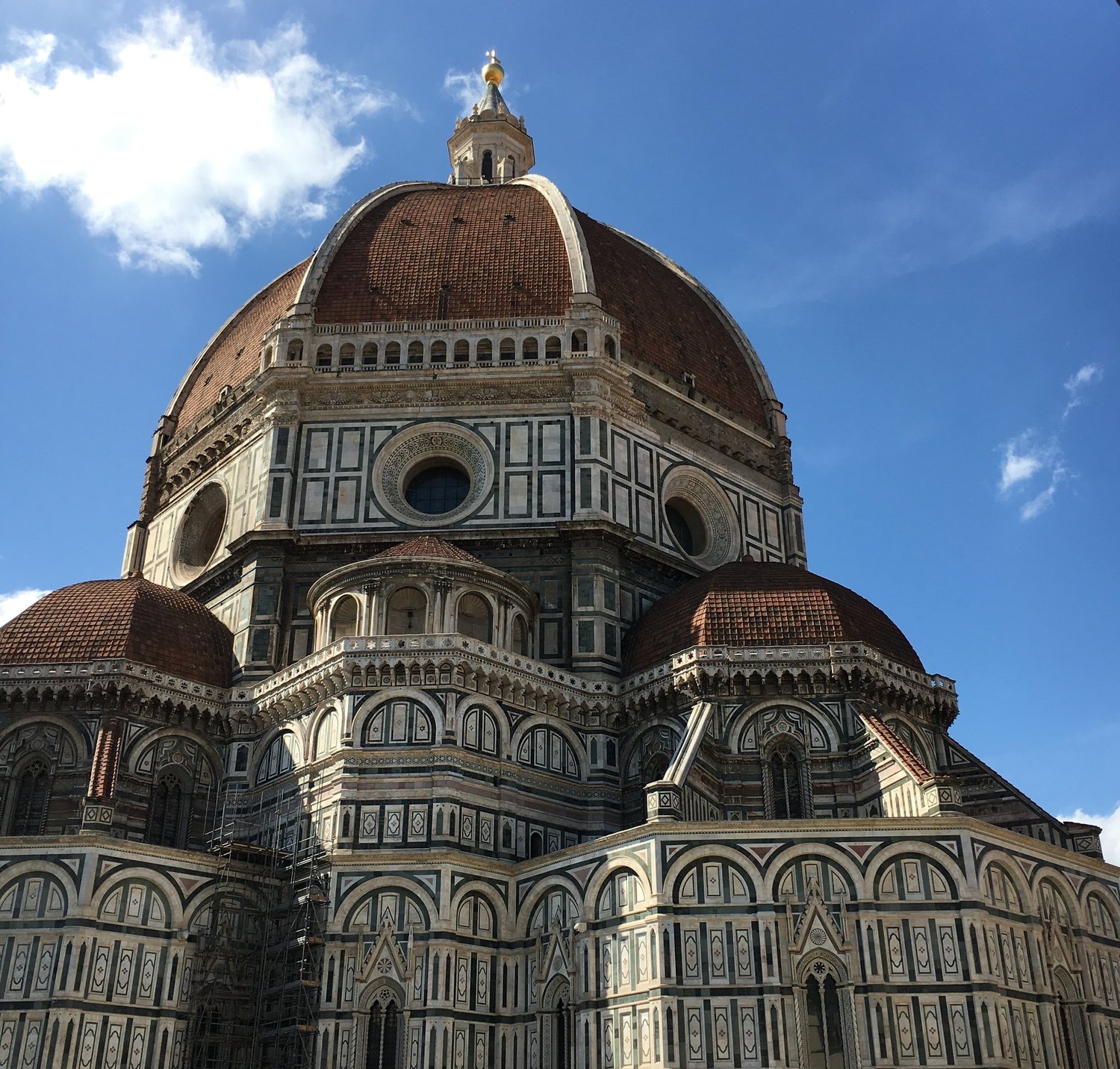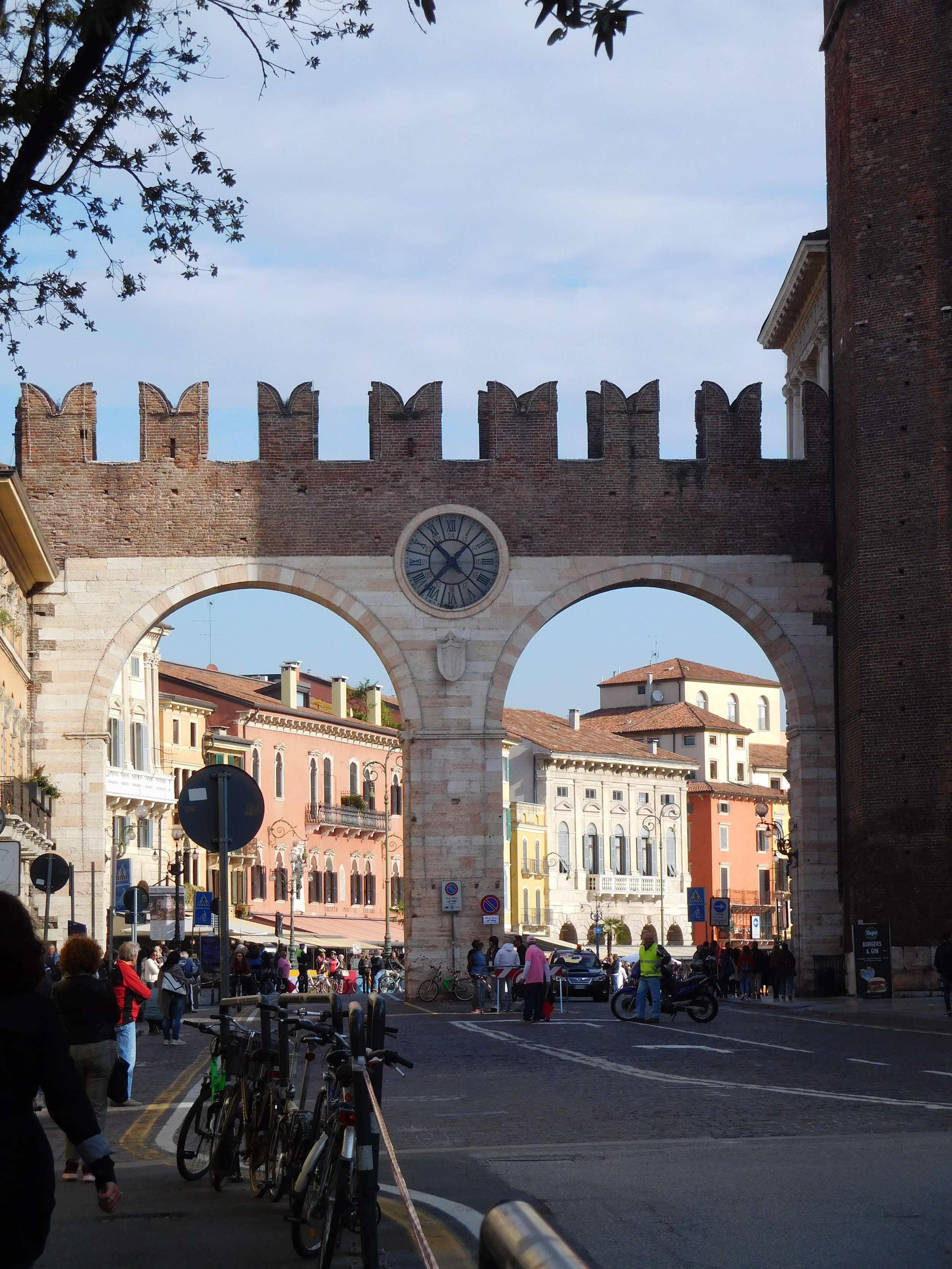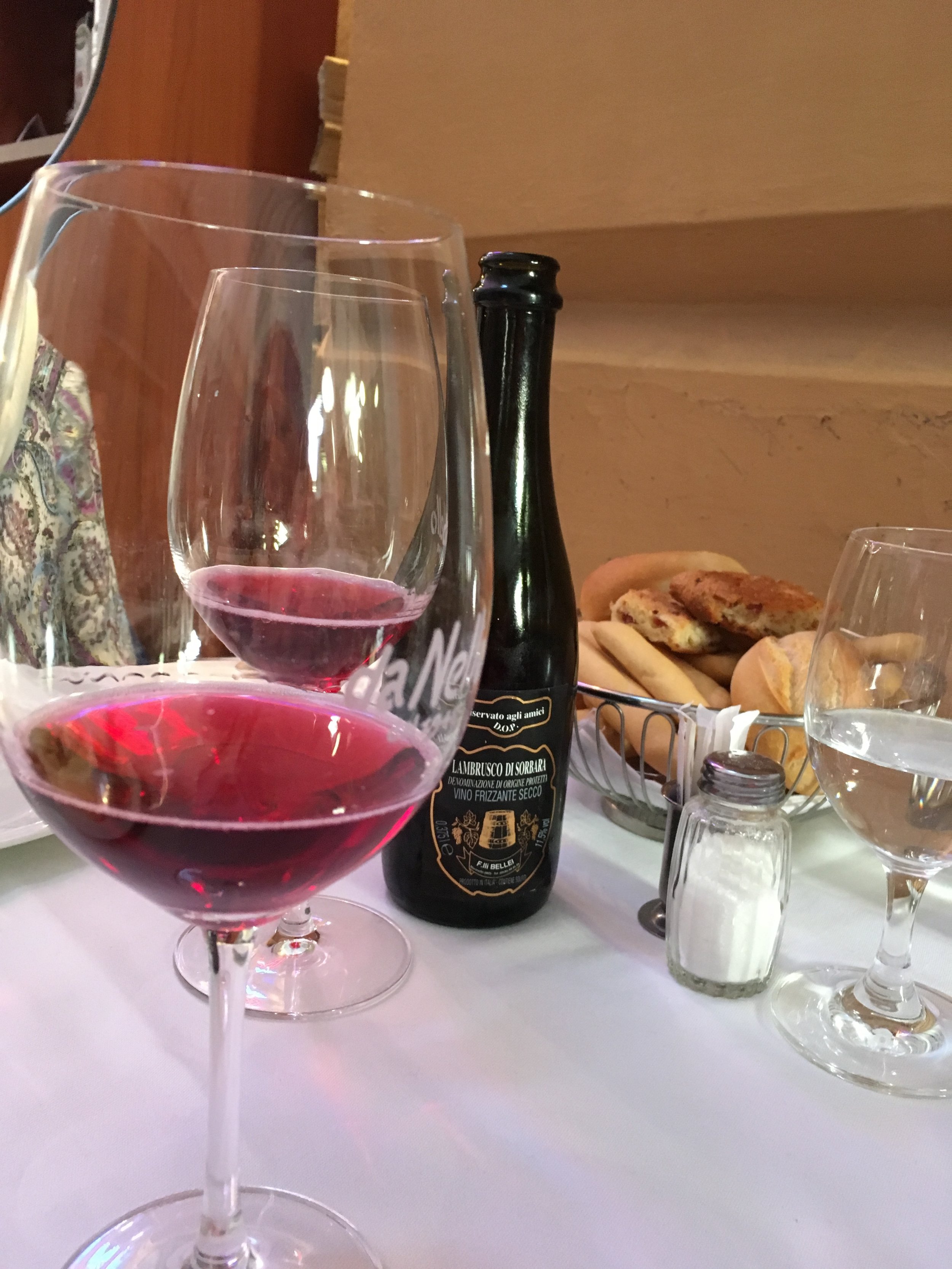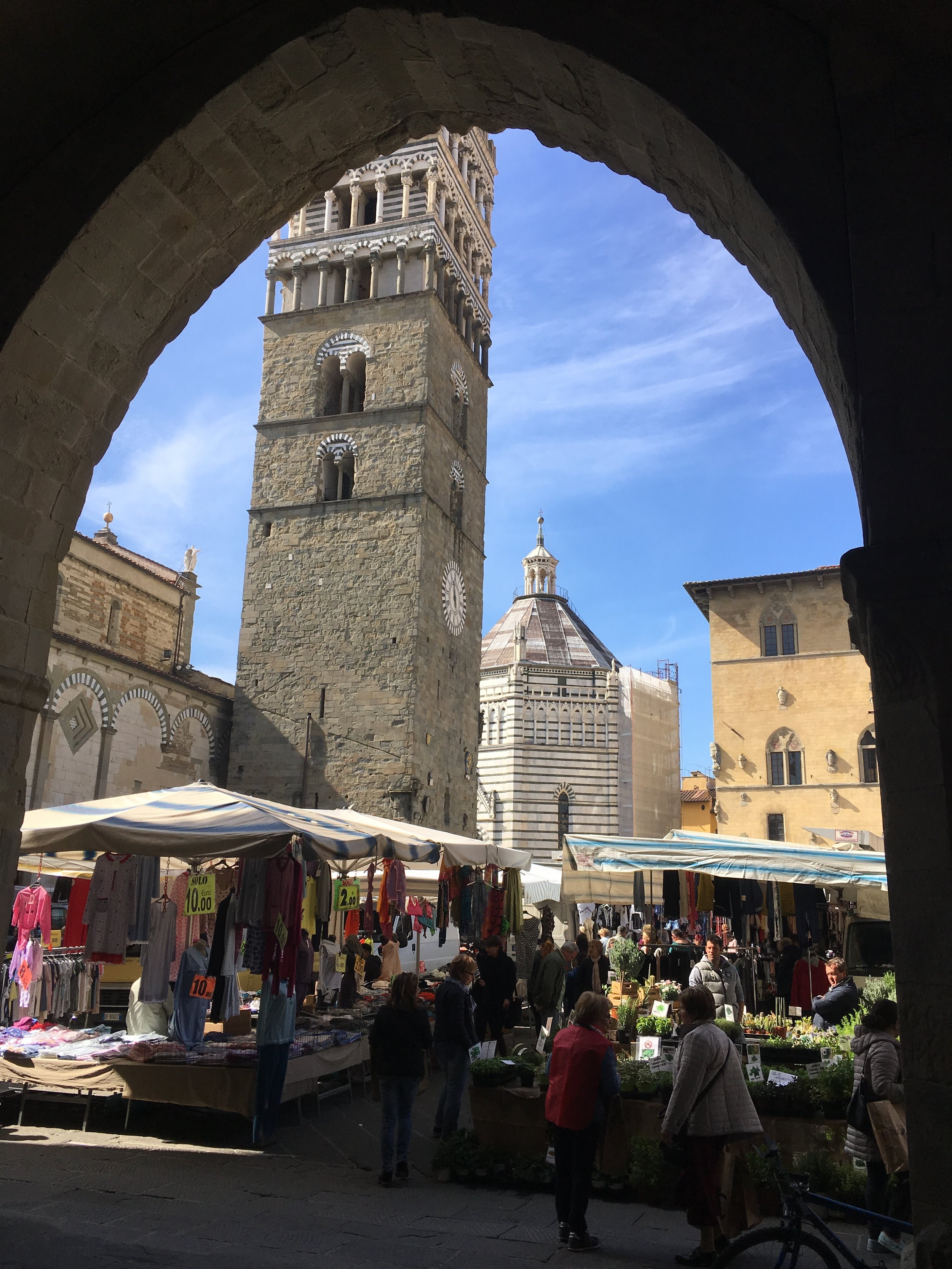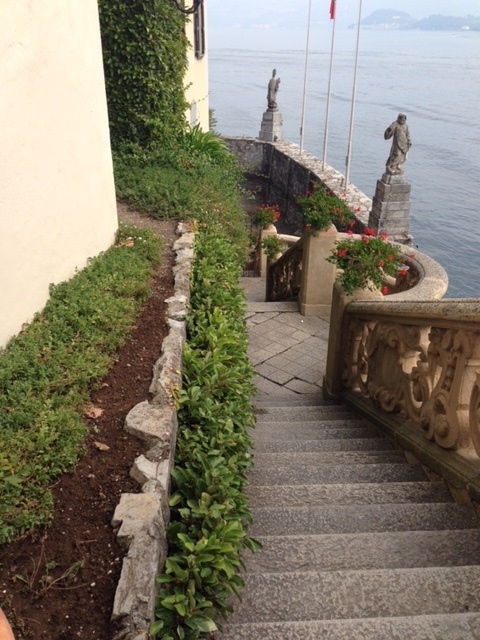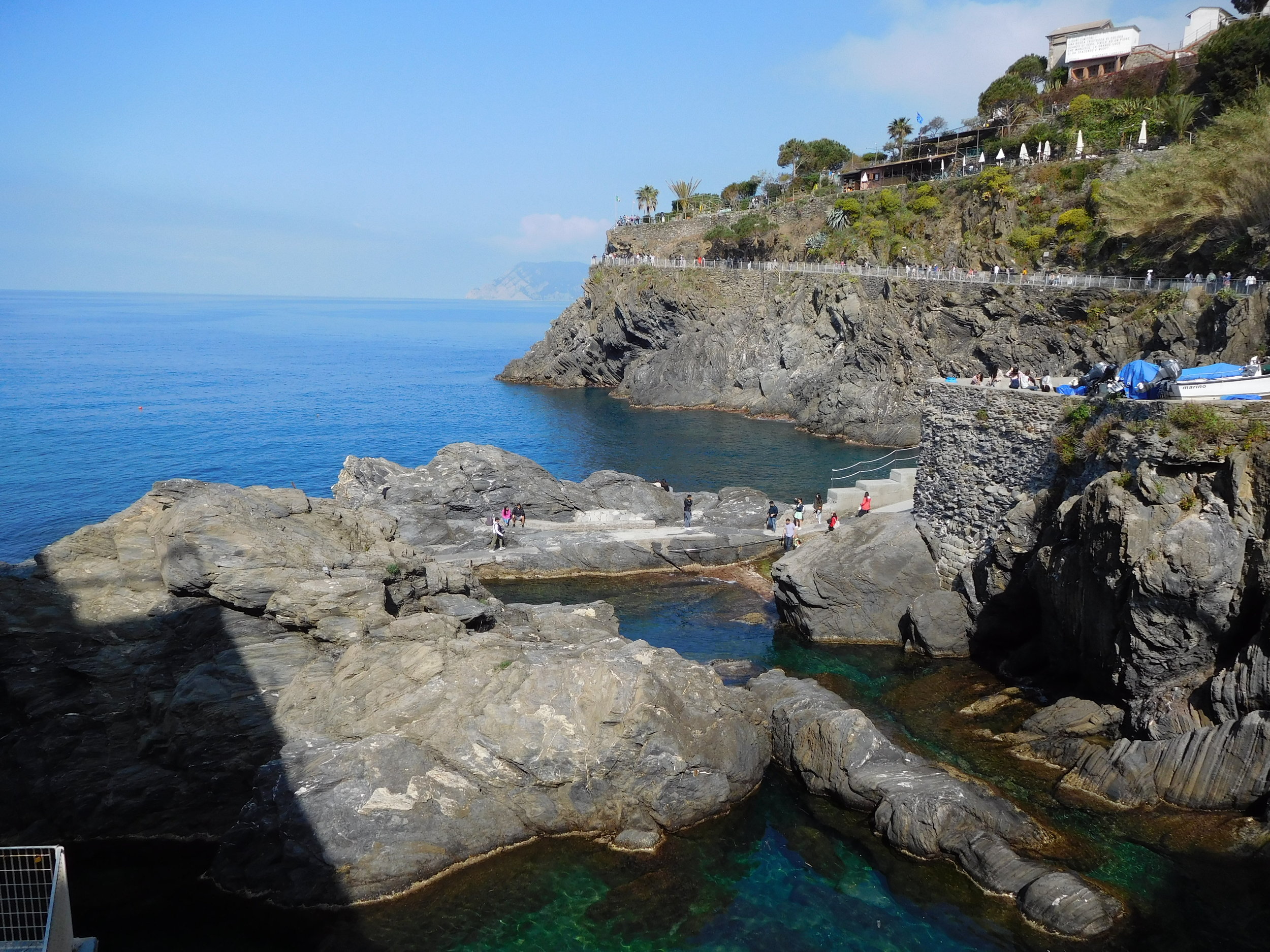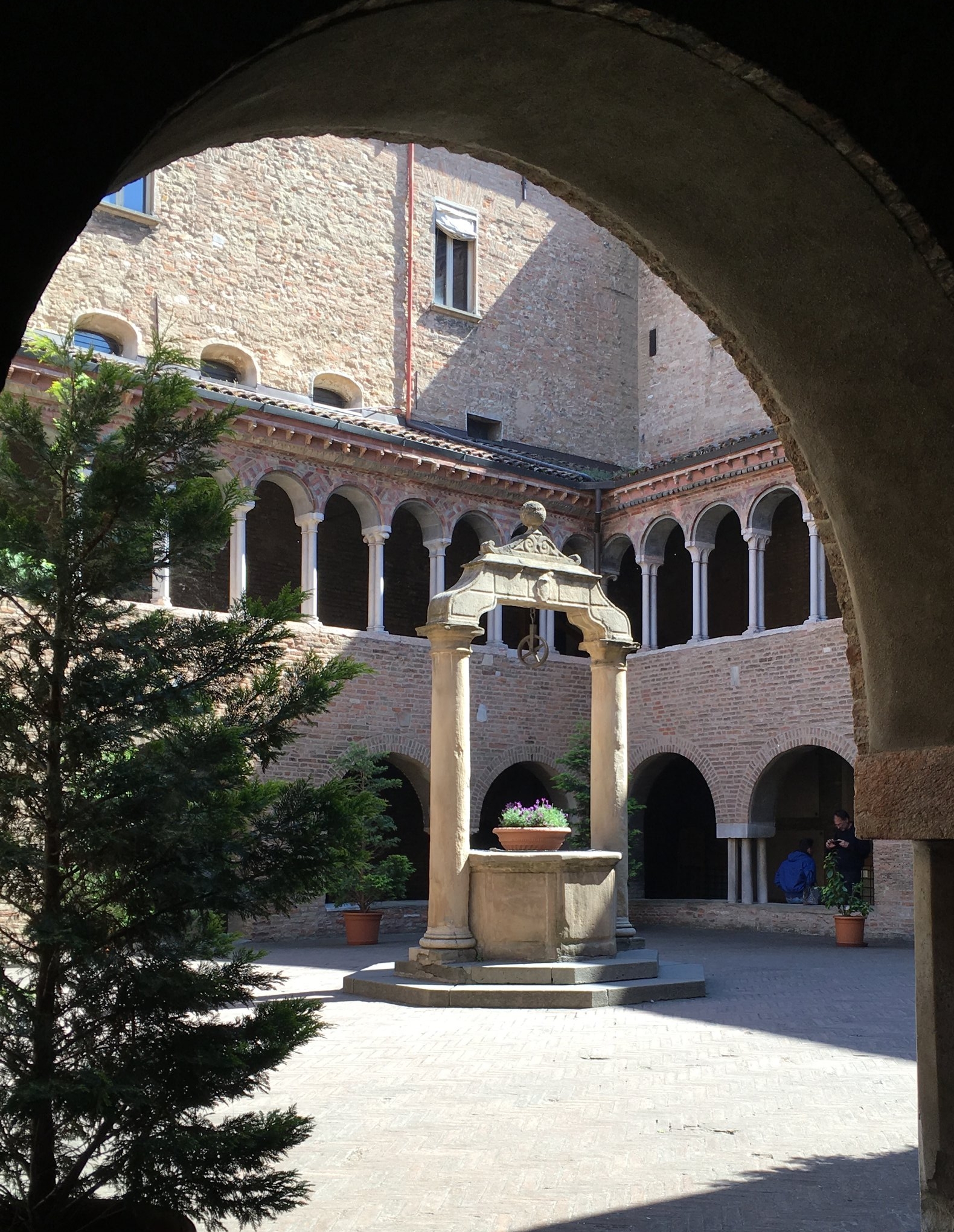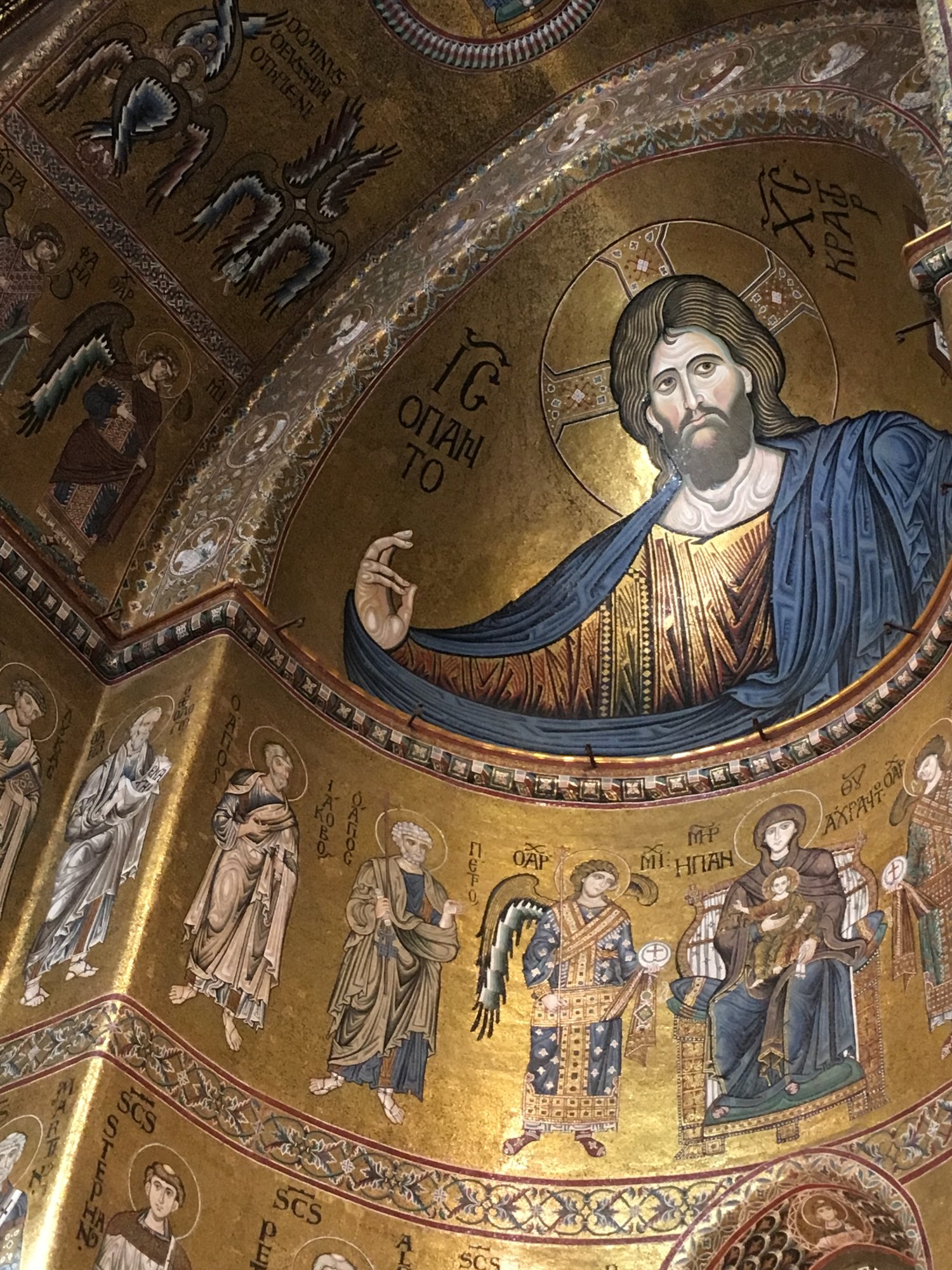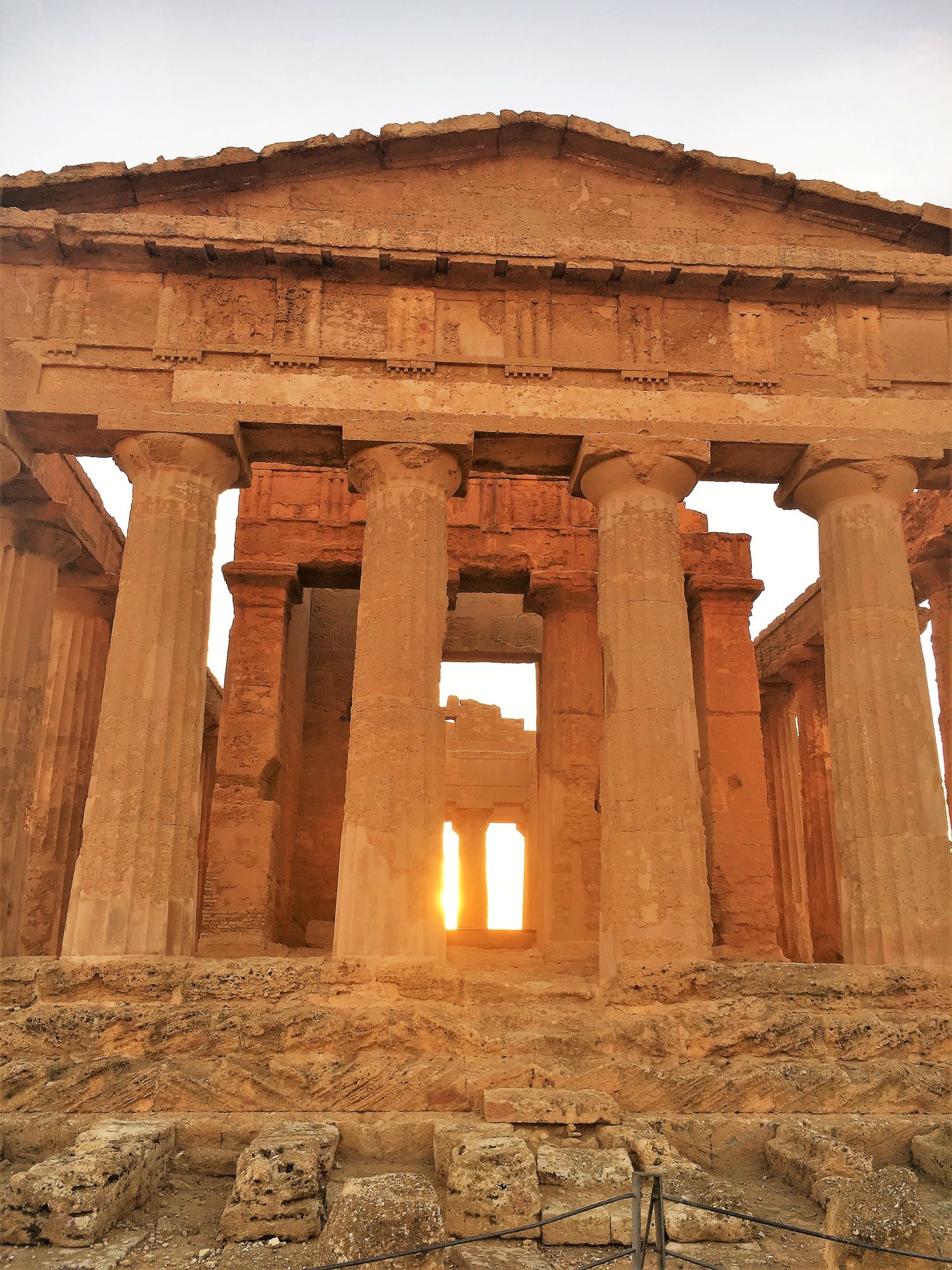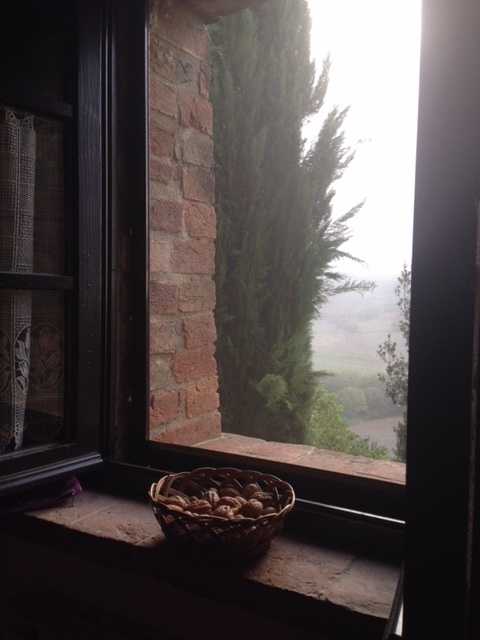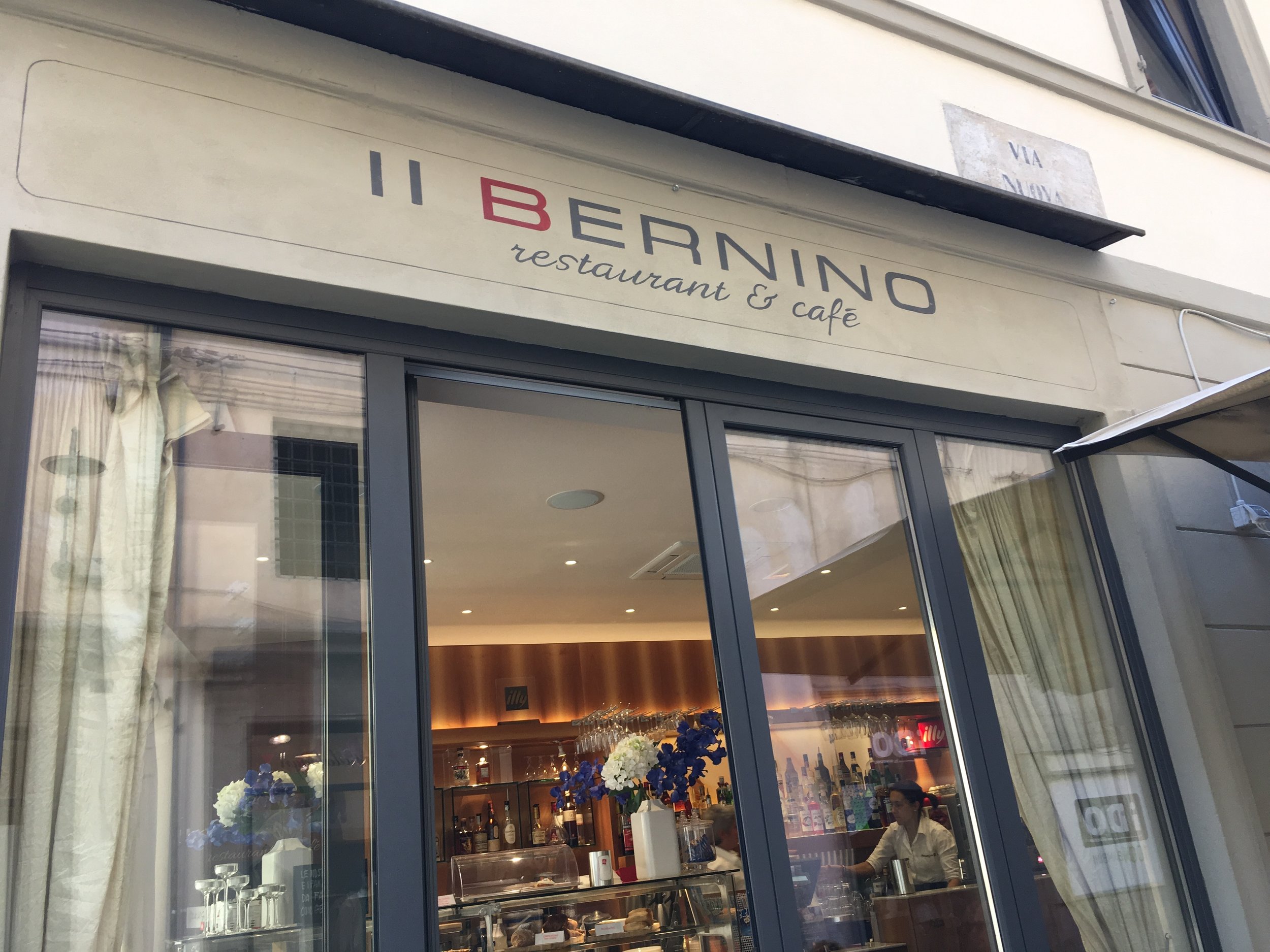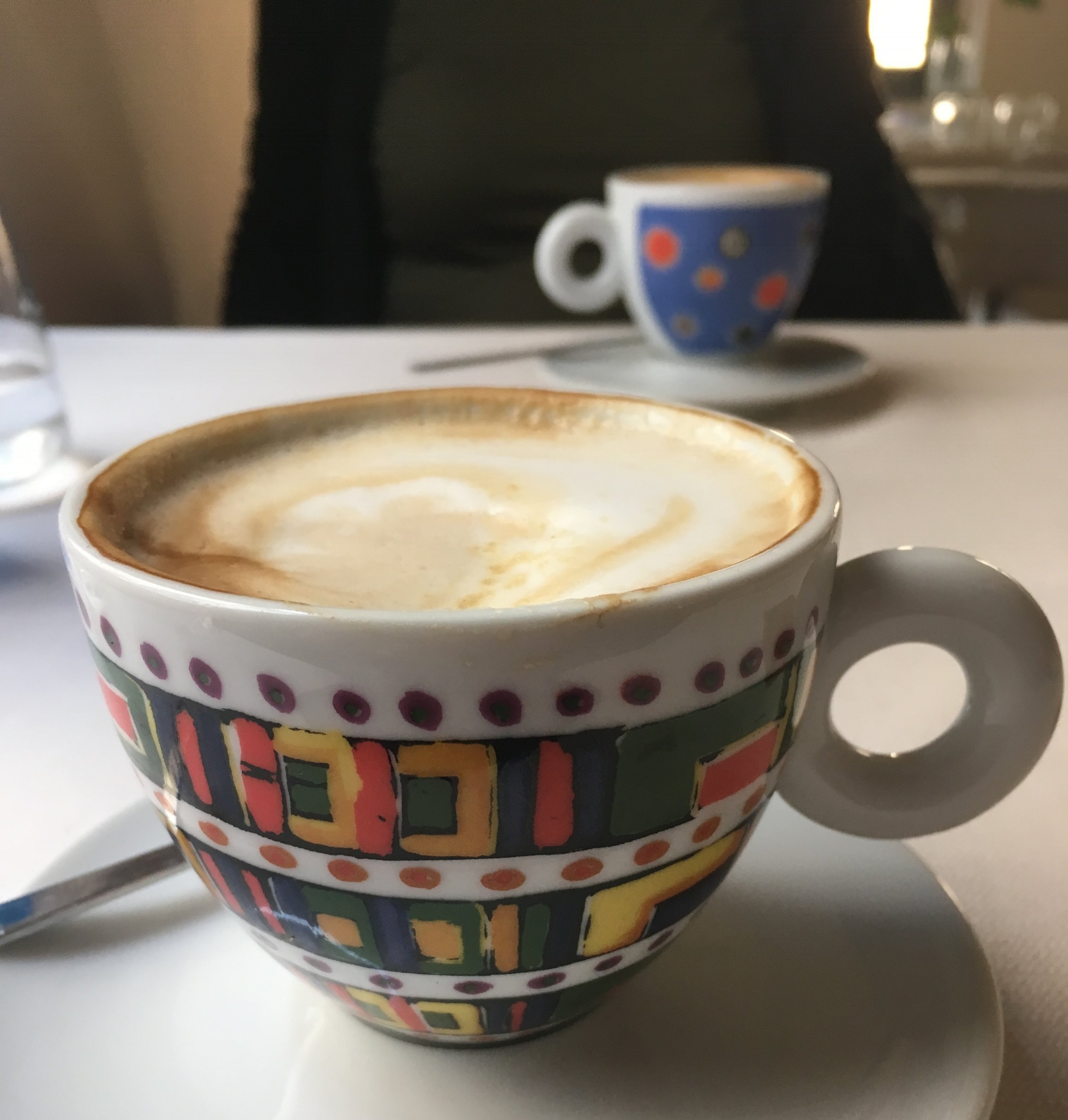Mercato Sant'Ambrogio, Florence
Visiting a market in Italy always makes me long for a kitchen, a stove, and a reason to cook. This is particularly true in Florence, especially since I discovered the Mercato Sant'Ambrogio, which according to a local is the "mercato delle mamme" (mamma's market).
No doubt the Mercato Centrale is larger and better known, especially to tourists. It has shops and food stalls downstairs and restaurants on its upper floor, along with an Eataly market and demonstration kitchen. It was renovated several years ago and now feels upscale; it's a Florentine hot spot. However, I prefer the smaller, lower key, and much less touristy Sant'Ambrogio market in the Santa Croce neighborhood. Serving this neighborhood since 1873, the Mercato Sant'Ambrogio has the look and feel of a classic Italian market, inside and out. Shoppers here are largely Italian speakers, which for me is a big part of the draw as it means I have the chance to shop and practice my Italian. Perfetto!
A vibrant selection of vegetables in the mercato.
An artistic arrangement of peppers.
Outside of the main market building is a covered area with a variety of food vendors - fruits, vegetables, porcini, flowers, breads, fresh eggs, and local honey fill the bench tops. The displays are artful and everything is colorful and fragrant. This is fresh food at its best.
Fresh porcini at the Sant'Ambrogio market.
Inside the mercato, salami and proscuitto fill the shops of the salumiere. The macellerie (butchers) sell thick Tuscan steaks along with pork, fowl, and beef trimmed and ready to cook, and the pescivendoli (fishmongers) display the day's catch on ice.
Salumi
There are cheese shops with rounds of gorgonzola dolce, balls of fresh mozzarella and burata, logs of goat cheese, wedges of taleggio, tubs of fresh ricotta, and wedges of hard cheeses like pecorino, Parmigiano, and grana padano. In short, if you love cheese this is bliss!
Perhaps my favorite shop is the one selling pasta fresca. The display is a pasta lover's dream (and a carb-phobic's nightmare). Here you'll find fresh pasta in every size, shape, and color; simple pastas, filled pastas, gnocchi, gnudi. You name it, they have along with sauces to make the dish complete. If only I could find pasta like this closer to home!
A morning of shopping at the mercato calls for a coffee or lunch break (maybe both). No problem - in the middle of the mercato is a typical bar serving coffee as well as wine and other drinks - make like a local and have yours standing at the bar. There is also a trattoria where you can sit and have a tasty, market fresh lunch.
The Mercato Sant'Ambrogio is a feast for the senses and I easily spend whole mornings here. I confess that on one short stay in Florence I skipped the Duomo and headed for the mercato instead. After a happy morning shopping, and a mid-morning cappuccino, I left with a treasure trove of goodies - cinghiale salami, pecorino cheese, bread, apples, and pears, which made for a tasty picnic for my group of friends as we left Florence the following morning on a train. But the next time I visit, I really want that kitchen! -post by JB






